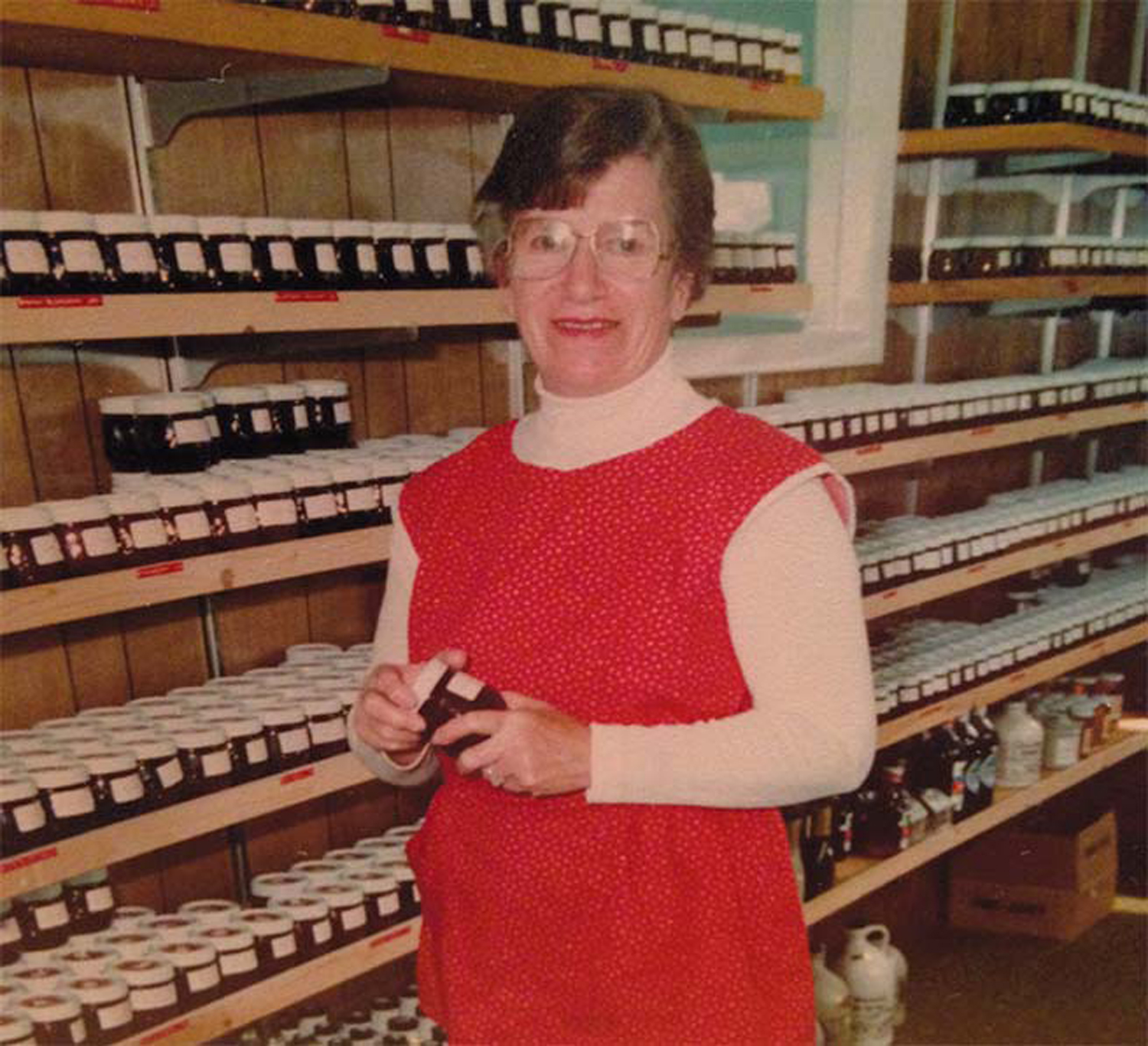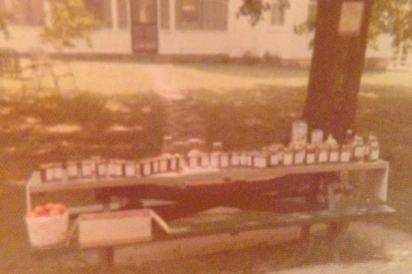Bea Landin: A Tribute to a True Pioneer
(Bea) was a 20th Century thinker with a 19th Century work ethic. She was resourceful, entrepreneurial and inventive.
It seemed we couldn’t let the death of Beatrice Landin pass without dedicating some space to a life so in tune with what the Edible community is all about.
It’s hard to imagine that a person who was born in 1928 could be described a pioneer in much the same fashion as we pictured them during America’s westward expansion. But Bea was just such a person. She was a 20th Century thinker with a 19th Century work ethic. She was resourceful, entrepreneurial and inventive.
She needed to be because she lived on a homestead that has been owned by four generations of Landins, located on the furthermost reaches of a rocky peninsula that extends nearly 100 miles into Lake Michigan.
In other ways she was, as the family describes her, “a woman before her time.” She exercised that entrepreneurial trait at a time when other women didn’t or weren’t permitted to.
She helped run a dairy farm with her husband Bob, ran a laundry service and also teamed with him to operate an upholstery business. But Bea is best known because of the sign that bears her name hanging in front of the family’s market in Gills Rock.
Bea’s Ho-Made Products was one of the early markets that have now become widespread on the Door Peninsula. But her success was especially impressive considering its location at the end of a geologic cul-de-sac.
“People always ask us why its Ho-Made,” said Lori Knoespel, the youngest of the Landin’s two daughters. “We tell them that we take the ‘me’ out of homemade. No longer do you have to make homemade products at home. Besides we offer 20 different flavors of jams, jellies and pickles to choose from.”
As clever as the marketing pitch may seem, it’s the quality of the products that continue to be the market’s main selling point. While Bea’s insistence on quality grew the brand, it was her older daughter Linda’s entrepreneurial skills that launched the market by selling cherries from the family orchard on a roadside picnic table. She added an over supply of vegetables from the family garden the next year and eventually introduced her grandmother’s chopped cherry jam.
Bea knew a good thing when she saw it and expanded the jam flavors and introduced pickled items.
“We canned after dinner until 10:30,” remembers Lori. “They were my grandmother’s recipes and my mom wanted to make sure it was done the old fashion way.”
The business expanded from the picnic table to the front porch with a reliance on honesty as many of the purchases were settled between the customer and a coffee can.
But things changed in the early 1970’s when Bea was approached to can for another label. Now, a state-approved kitchen needed to be built, and the Bea’s many of us are familiar with today began to take shape.
“She was the fastest pickle packer we had,” said Lori, who remembers her mother being in the store seven days a week during the busy summer months. “She just loved it. The business was Mom’s. I don’t think it would have been as successful had it been called Bob’s,” she added with a chuckle.
While the business initially used only the family’s produce, growth eventually required produce from off the farm.
“We continue to try and get as much local as possible,” said Lori. “But we make it from scratch right here and, as mom insisted, we make it the old fashioned way using only the highest quality fruit.”
Asked what her mother would take the most pride in after years of building the Bea’s brand, Lori said she thought it was remaining true to the recipes.
“But I think it was her work ethic,” she said. “She instilled in all of us who worked for her to take pride in what we do.”






